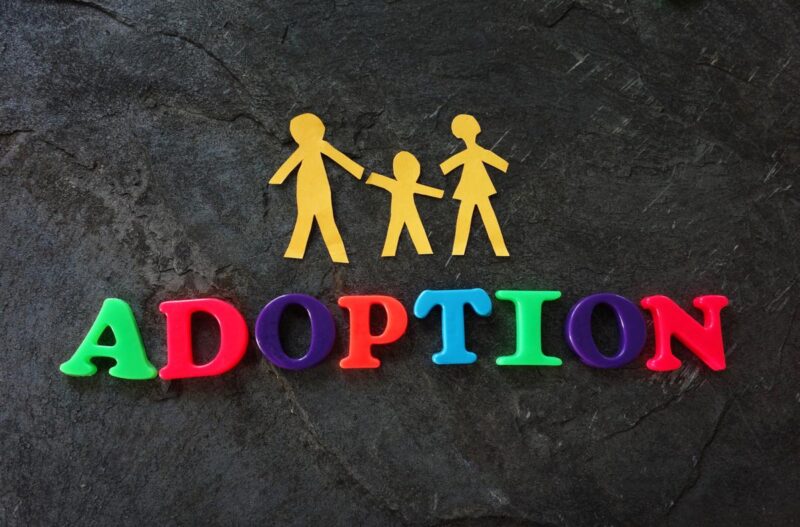Who doesn’t love the smell of blooming flowers? It is said that the easiest way to rest your mind and your body is to spend some time enjoying your green garden. If you are thinking about becoming a gardener, then you should be extremely careful about the things you plant there. Here we are going to tell you more about the most poisonous and toxic plants every person should watch out for. Continue reading to learn why you should stay away from these flowers, and all the negative effects they can have on you or your family.
1. Water Hemlock
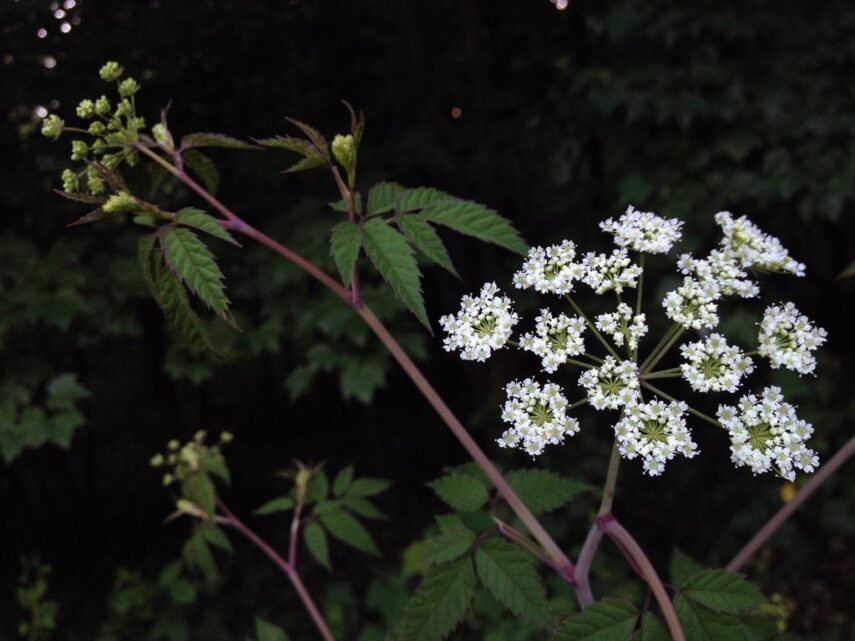
This is the most toxic and pretty much the scariest flower you can see in your garden. The first thing you need to know is that it looks beautiful and you may think it is just another pretty plant that popped up in your yard. It has little white petals and many people say that it looks like an umbrella. You can easily confuse it with a carrot because it is from the same family.
Even though this is just a gorgeous flower, it is extremely deadly and poisonous. It is said that this flower was used in the past to execute criminals and people who were found guilty by the court. In case it does not kill a person, it will cause painful seizures.
Water hemlock is extremely deadly for animals and livestock and it attacks the nervous system. If you notice it in your yard, you need to act fast. Always use gloves, and make sure you take it out along with the root. You can also use different supplements to make sure it is removed, but be careful not to damage other plants that you have.
2. Angel’s trumpet
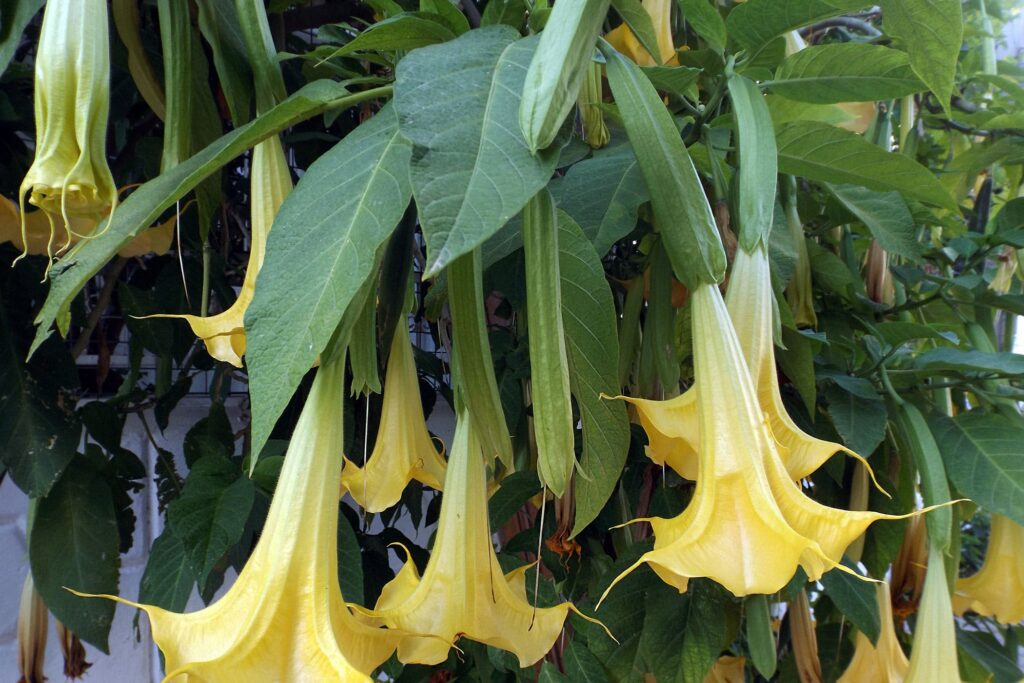
This is also an extremely deadly plant that causes difficulty breathing, hallucinations, paralysis and it can lead to death if not treated immediately.
It originates from South America, but it can be found on pretty much all the continents. Gardeners love it because of its look, and most people are not aware of how dangerous this flower is. This plant can grow up to 6 feet in height and it comes in many different colors.
The flowers and the leaves are toxic, but there are some members of the nightshade family that offer fruits and vegetables that are safe to consume. However, even if you have a tomato, you should never eat anything but the tomato itself. Always use gloves when touching the greenery, and make sure you wash them thoroughly. In case you accidentally touch or eat any other part of it, consult with a doctor right away and go to the ER.
3. Nightshade Berry
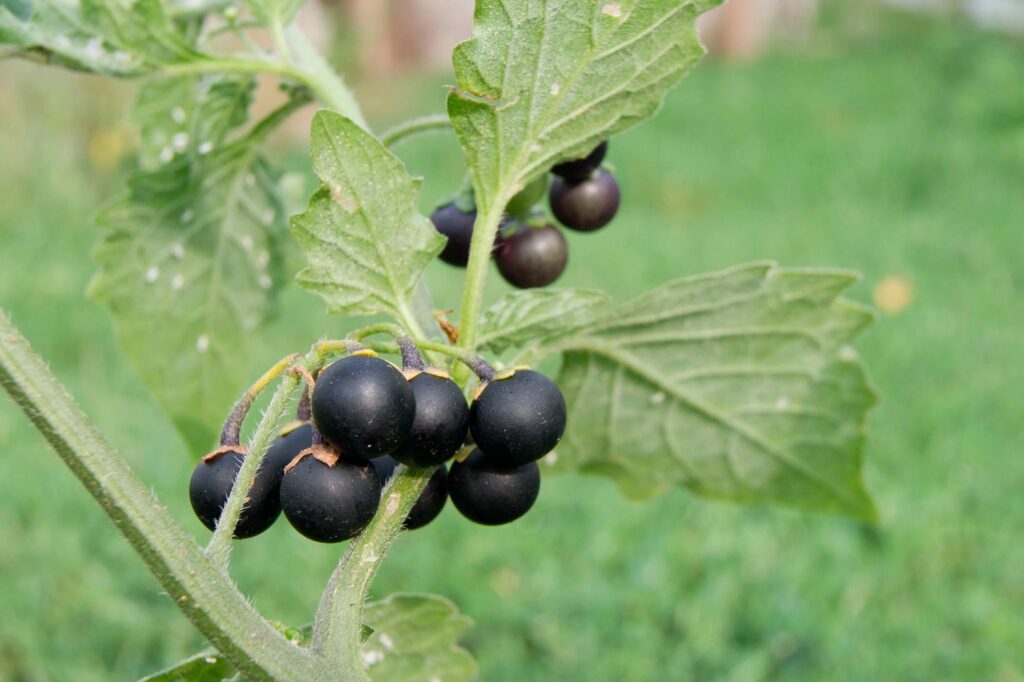
Here we have another member of the nightshade family, and it is as dangerous as the one we mentioned before. The difference here is that the berries are extremely poisonous and they can cause a lot of pain to anyone who tries to eat them.
If young children and pets consume more than 5 of these berries, risk feeling the terrible side effects, and when it comes to adults, they can consume up to 10 without having too many issues. This greenery looks eatable and the berries remind us of many other plants that are safe to consume. Because of that, many people have made the terrible mistake of thinking they are eatable.
On this website, you can learn how this plant was weaponized in the past, and you should also know that nowadays it is used in medicine to treat different conditions including tumors and chronic pain.
4. Oleander
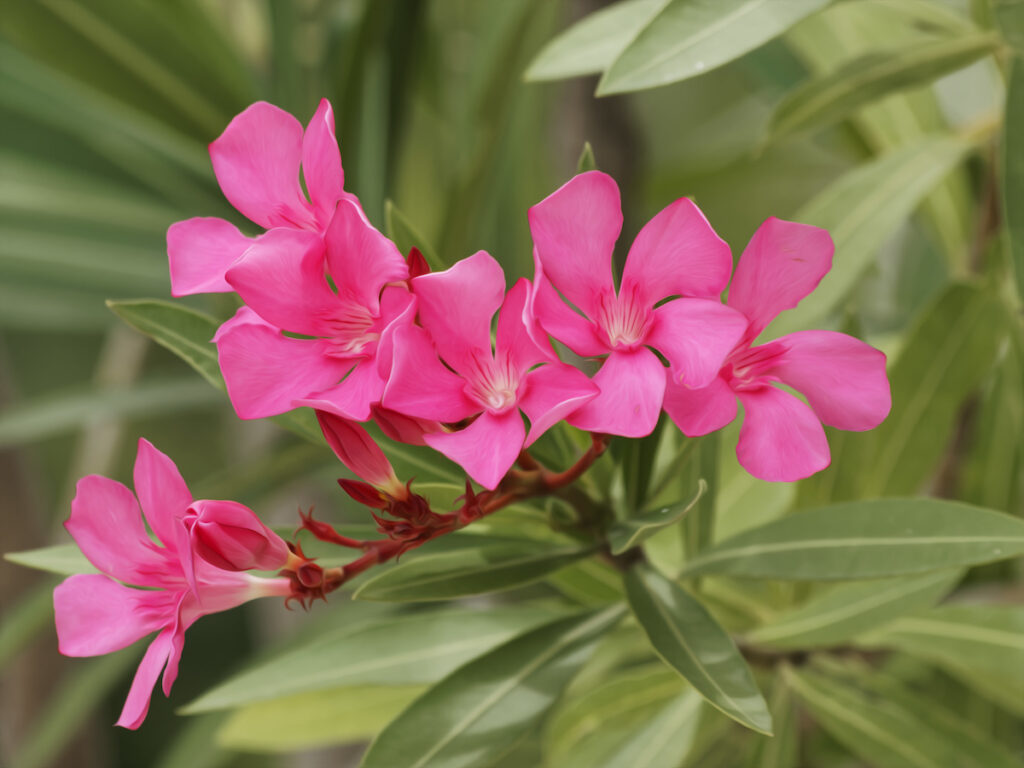
This is another gorgeous flower that is as dangerous as it is beautiful. You’ve probably heard about oleander, but you didn’t know it is as toxic as it is. This species is common in the Mediterranean countries and some parts of South Asia.
Even though this flower is extremely poisonous, many people still have it in their homes because of the look it has. It is easy to maintain, it grows fast, and you don’t have to put a lot of water to it for it to blossom.
There is a health benefit that comes with it as well – it is used in medicine, and many pharmaceutical companies make medicine for heart disease using oleander.
All of these things do not take away from the danger it comes with the flower. It causes serious digestive issues, it can lead to vomiting and dehydration, and in some cases, it can also lead to death. In case you decide to get rid of it, do not touch it with bare hands, and never burn it down. The smoke will be toxic for you and if you inhale it you risk serious poisoning.
5. Daffodil
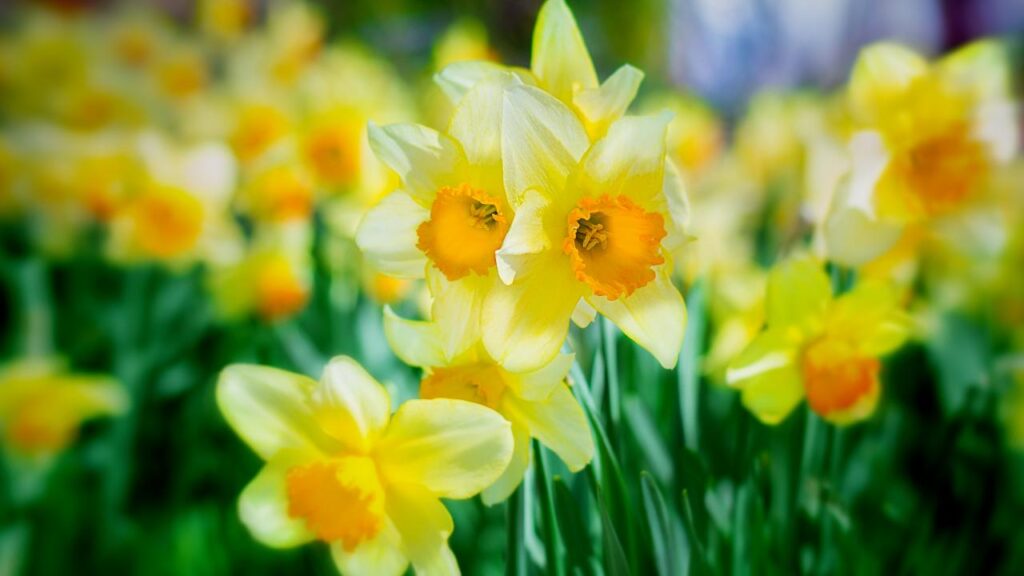
These plants have about 60 different species, and each one is more beautiful than the next. They grow on all continents, but they are usually found in Europe and some parts of Asia.
The main reason why many gardeners choose them is that they blossom in the early spring, and they make the garden beautiful while other plants and flowers are still recovering from the winter. In case you have daffodils in your yard, keep them there, and do not cut them to put them in your home.
These flowers are really toxic and can lead to diarrhea, vomiting, nausea, and severe migraines. The more they sit in a vase in your home, the worse you are going to feel. You should also be really careful when cutting and handling them, and you should never touch the stem of freshly cut greenery.
The good news is that even though they are dangerous, daffodils are not deadly to you or to your pets. You can still keep them in your garden, and you can admire their beauty, you just need to be extremely careful.
These are some of the most poisonous flowers you can come across, and you should always be really careful when handling your garden, and when picking the right things to plant. Other flowers you should stay away from including poison ivy, lily of the valley, philodendron, desert rose, and Ficus. If you are not sure what you should put in your yard, you can always consult with an expert, and no matter how safe you think the flowers are, you should always wear gloves when handling them.
Related Posts:
- 7 Crypto Mining and Blockchain Trends to Watch Out…
- Ironman Mode: Tips and Tricks Every RS3 Beginner Should Know
- 8 Programs and Software Every PC Owner Should Install
- #4 Classic Horror Movies to Watch Out in Halloween 2024
- Vaevictis All-Female Esports Team Kicked out of LCL.…
- Out of the Park Baseball 21 Release Date Announced.…






